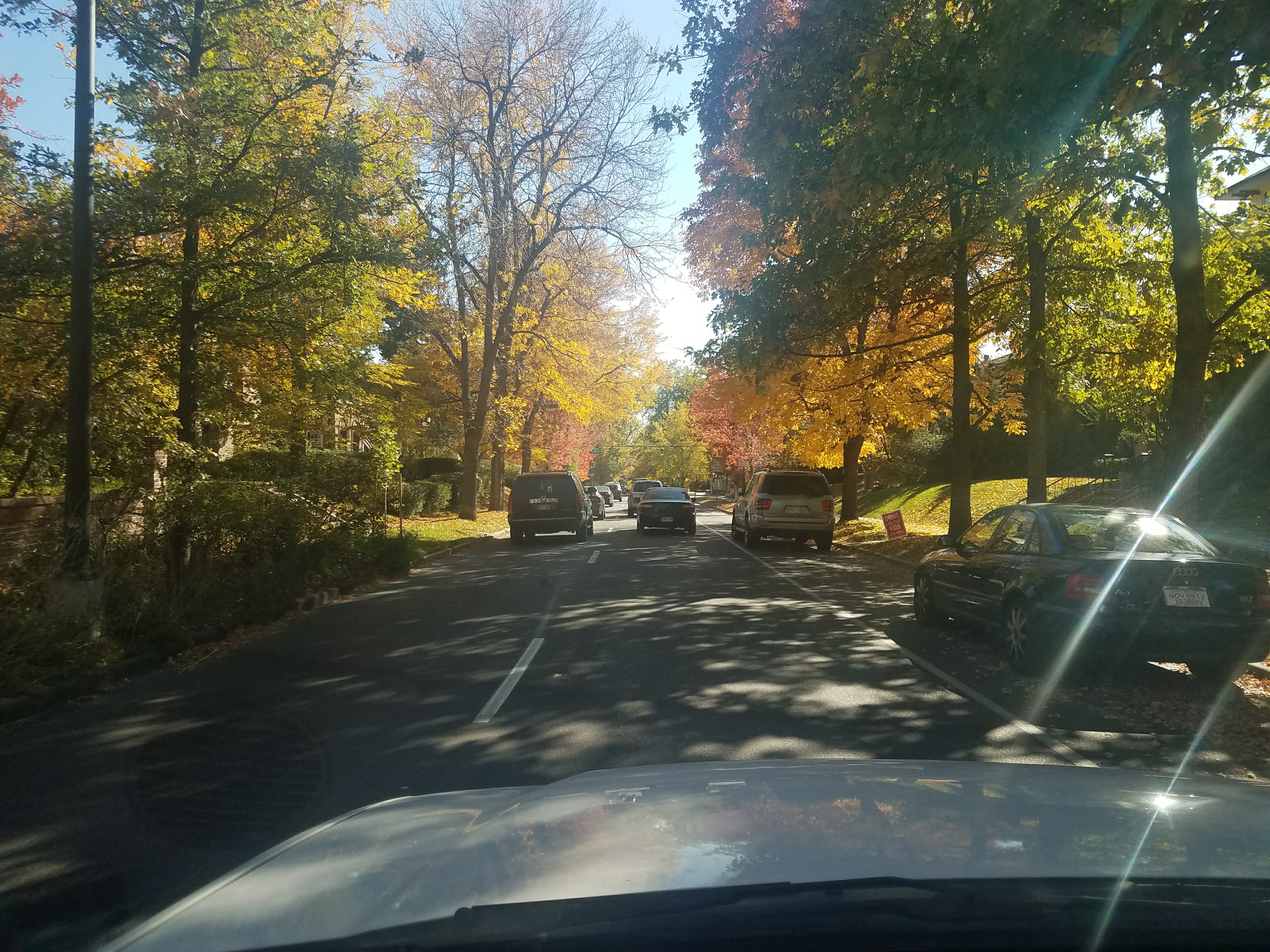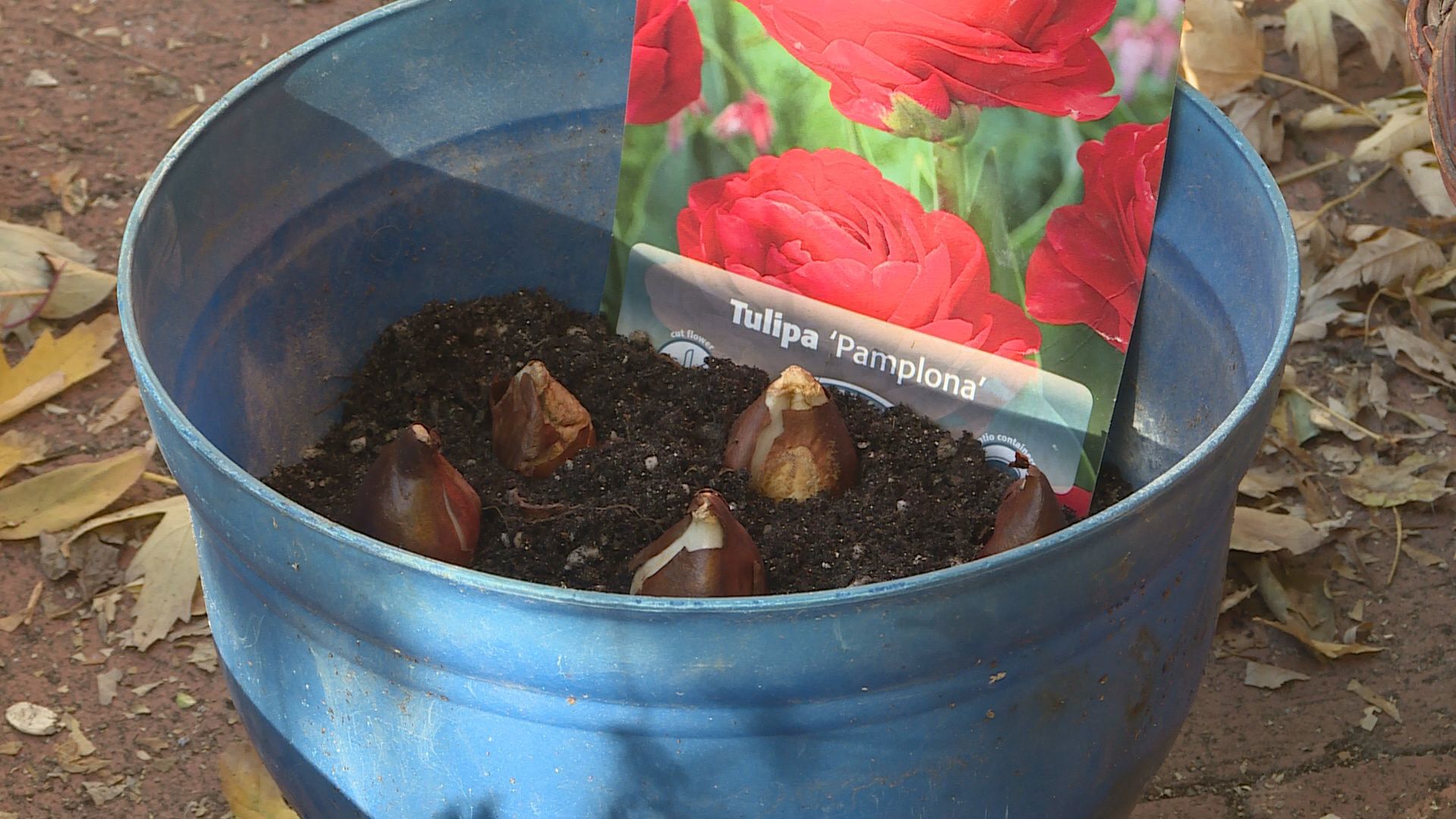When most people think of seeing fall colors we think of the Aspens changing.
But Aspen trees are only one of the many species that produce gorgeous shades of yellows, oranges and reds in the autumn.
In fact, the colors we see around the city are all from trees other than aspens.
Dan Johnson, the associate director of horticulture at the Denver Botanic Gardens, says that nearly everything we see is non-native but still does extremely well in Denver.
"There's a huge variation. We've got a really great climate - usually a nice dry, sunny fall - for getting fall color on things. It's just a matter of selecting the right plants for the right place," he said.
To help with that second part, here are some of Johnson's suggestions for trees that produce amazing fall colors but aren't used nearly as often as they could be:
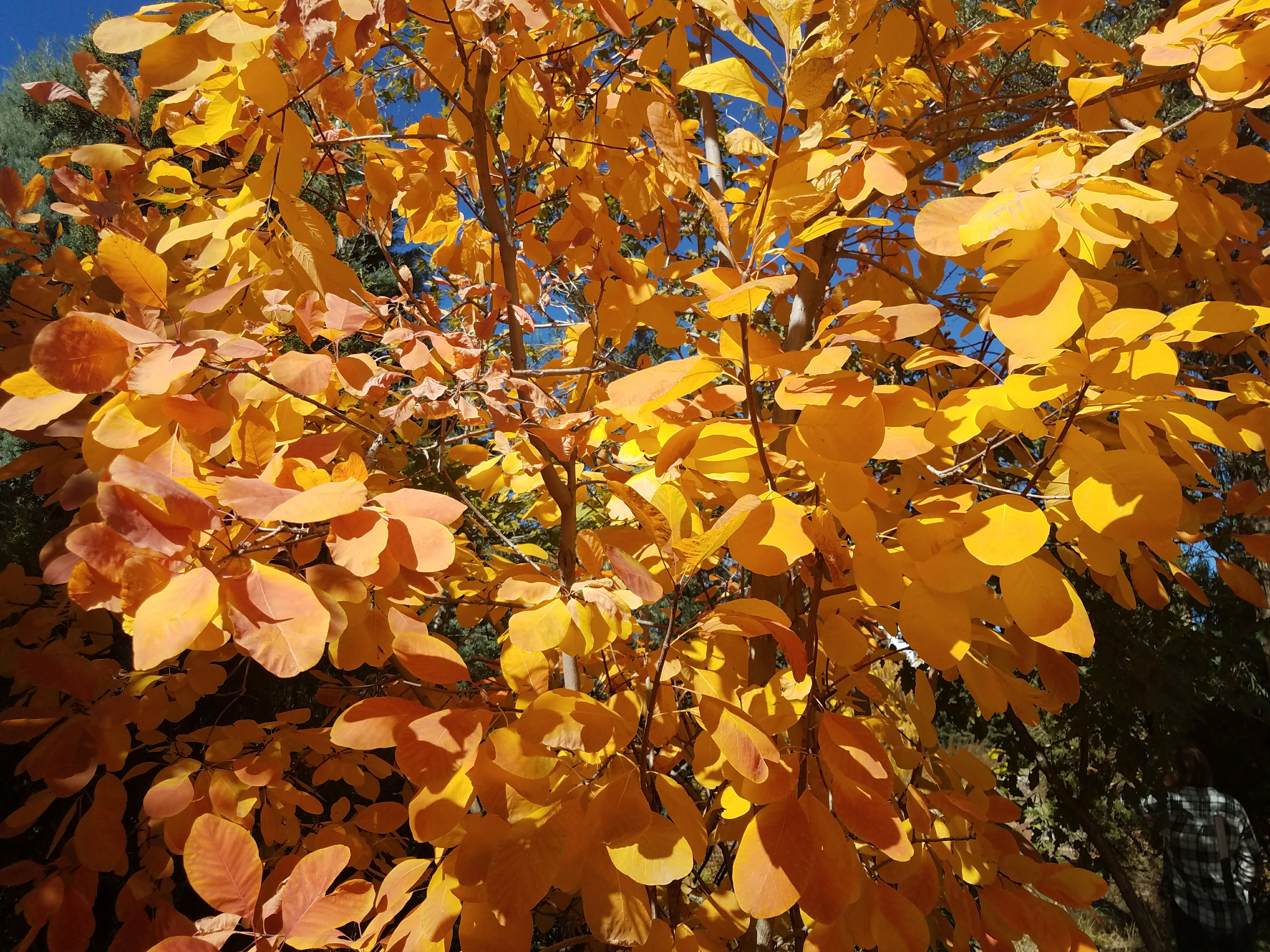
Tree: Eastern/American Smoke Tree
Color: Yellow and Orange
These are small, drought-tolerant that work very well in smaller gardens and yards. They have waxy blue-green leaves in the summer and aren't injured by early frost making them a great tree for the Colorado climate. Although the Purple Smoke Tree is fairly common in our area, these ones are not nearly as common.

Tree: Painted maple
Color: Red/orange and yellow
The painted maple is a hearty version of a Japanese maple because it has a smaller stature and finely divided leaves. This tree is more durable and hearty but still gets the beautiful color people associate with Japanese maples. The outer leaves that get the most sun often get brighter red and orange colors while the inner leaves turn yellow.

Tree: Sugar Maple
Color: Red and orange
The Sugar Maple is a common species that does fairly well in Colorado, but new selections of the trees are better for our climate. Try the Green Mountain Maple, Apollo Sugar Maple or Bigtooth Maple. The Bigtooth is the smaller version a Sugar Maple that is native to western canyons and foothills, is drought-tolerant and gets just as good of colors. Since it’s smaller, it also is better suited to yards and gardens.

Tree: Emperor Oak
Color: Orange
This is an extremely rare and unique tree that can get a stunning orange color. It has very large, solid leaves with a unique texture and color. The Asian tree is usually grown from seeds.
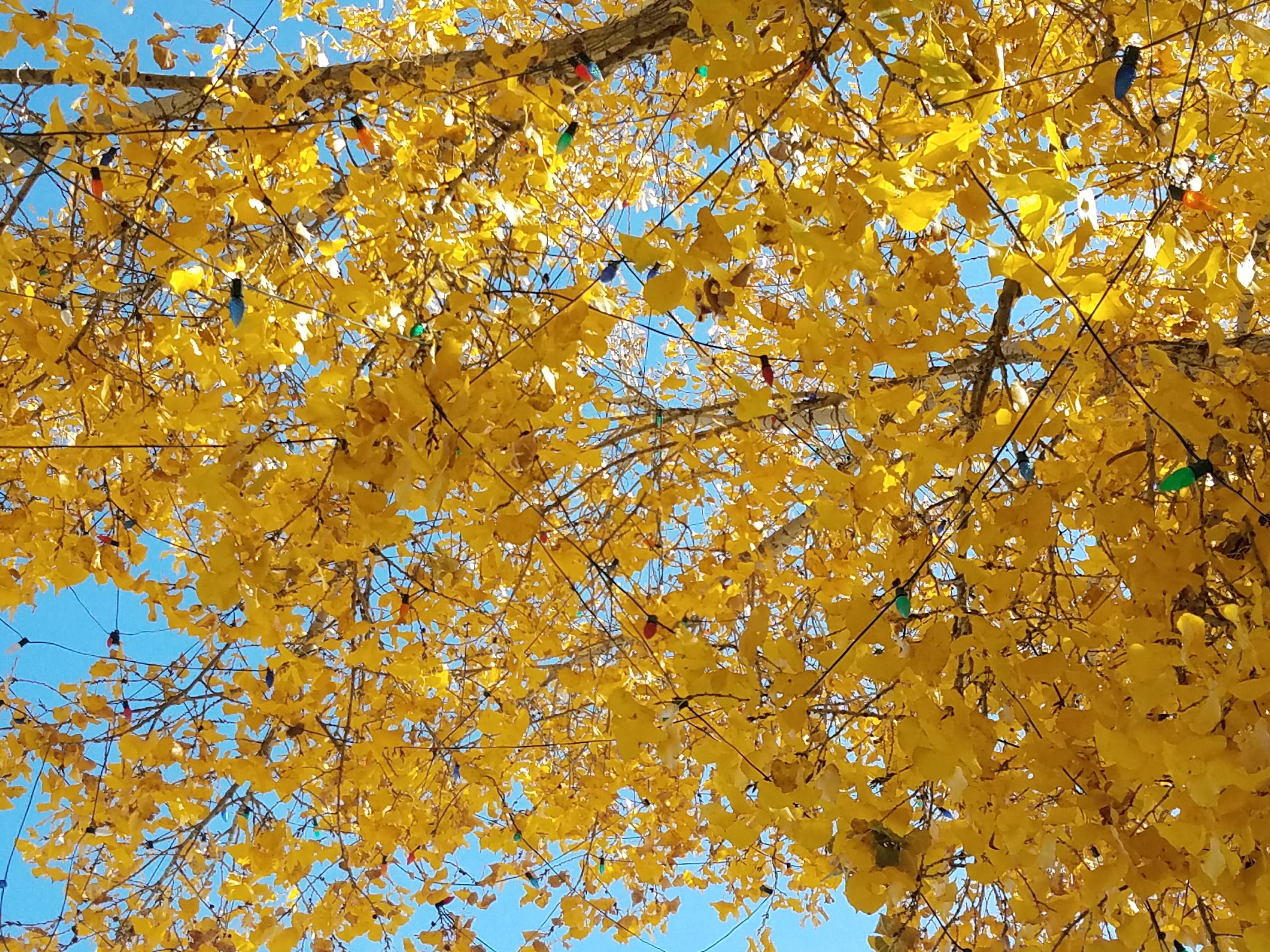
Tree: Cottonwood
Color: Yellow
Cottonwood trees are the only ones on this list that are native to the Denver area. They have reliable bright yellow color through the fall. The massive trees are generally too large to have at a home but are great to enjoy in parks and along trails.
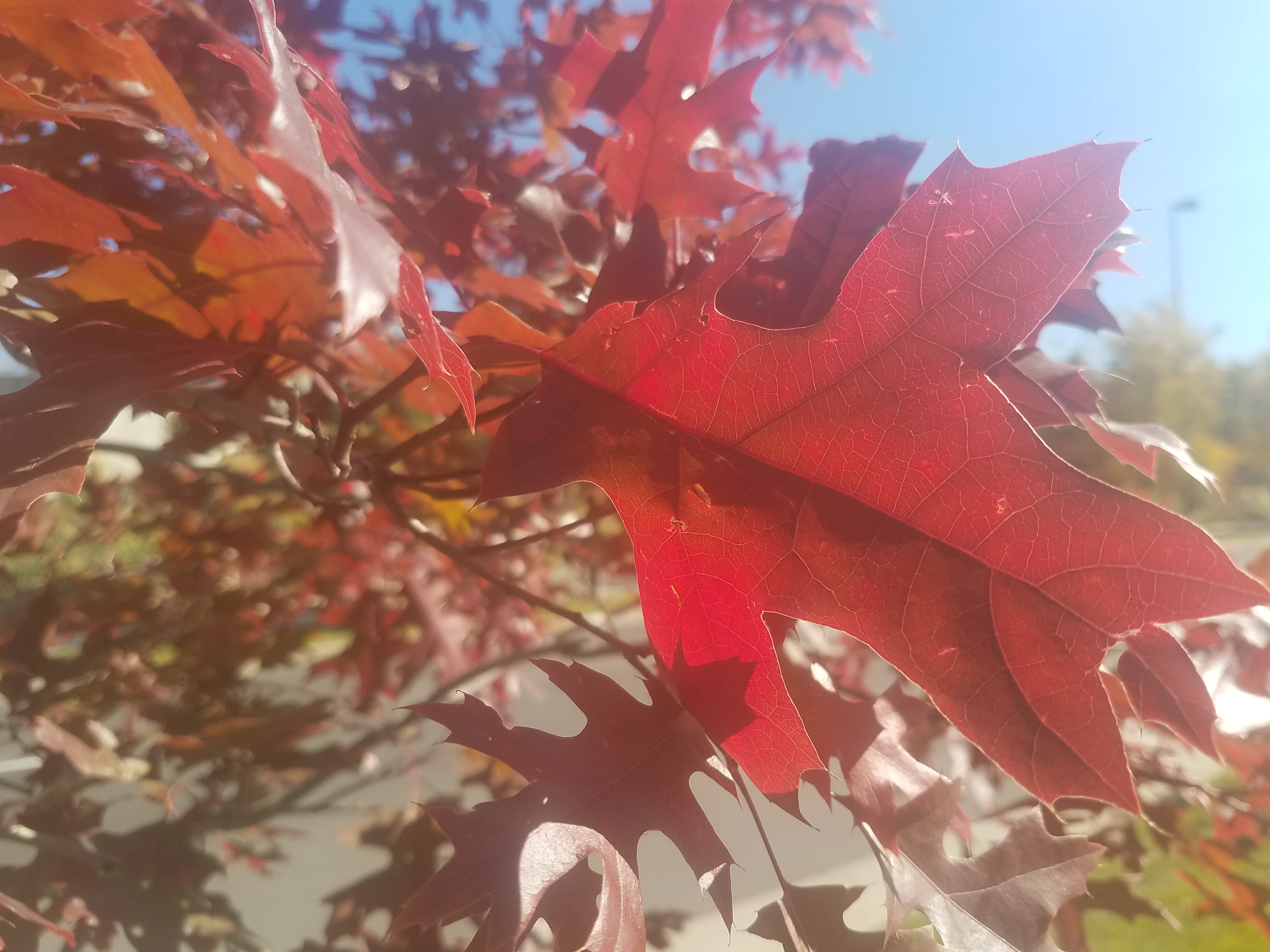
Tree: Texas Red Oak
Color: Purple/Red
These unique trees are drought-tolerant and hearty. They also resist breaking in snow, an important trait to have in Colorado. Because the colors on these trees change later than Ash and other specie, the can extend the color season a little bit.
If you are looking for other tips and suggestions Johnson recommends looking at CSU's website and on the city of Denver's forestry division.
He says the most important things to consider are how big it will get over time and the resources you will need to keep the tree healthy.

